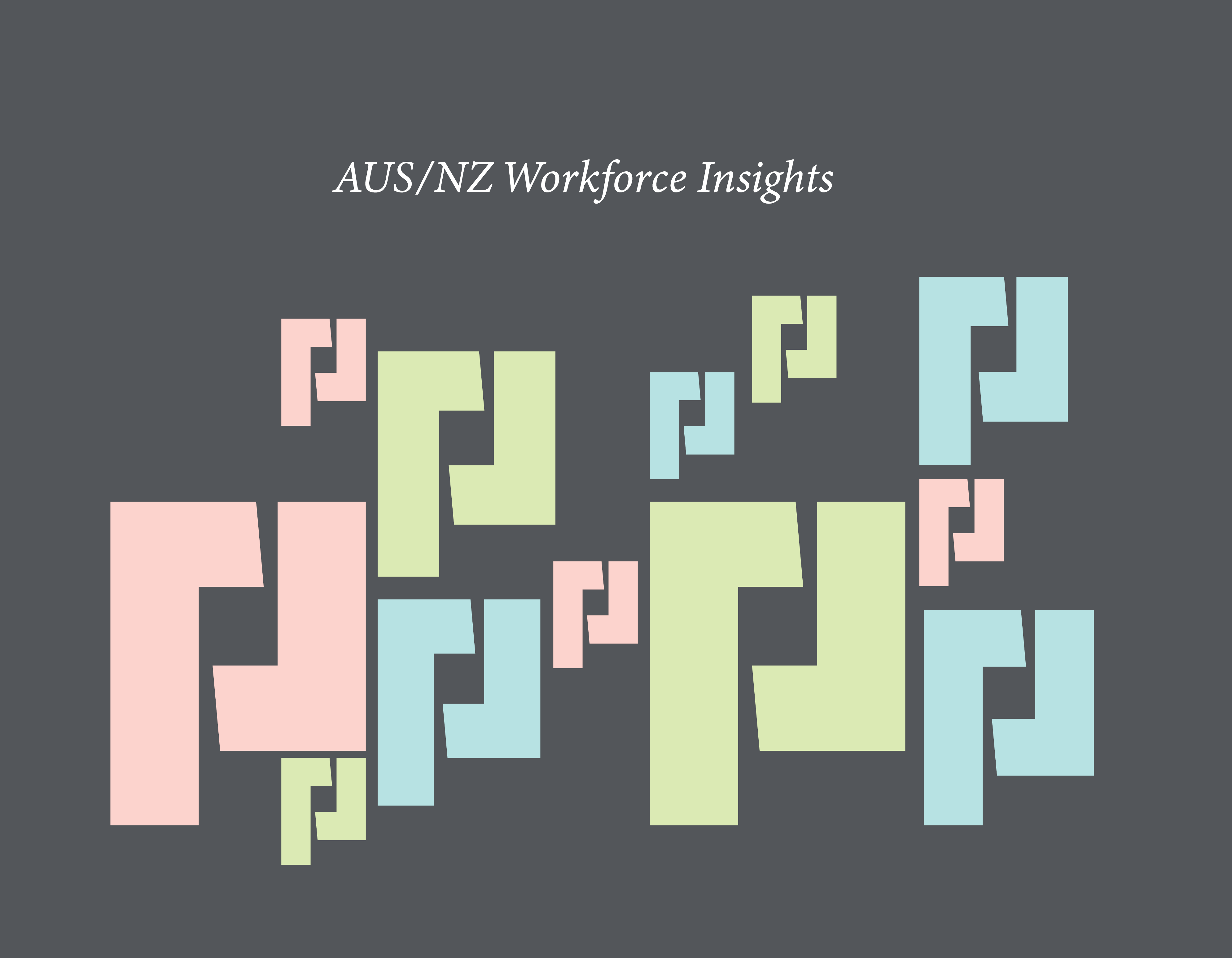Tuesday, March 8th is International Women’s Day. A day that celebrates the social, economic, cultural and political achievements of women globally. The day also marks a call to action for accelerating women’s equality. International Women’s Day (IWD) has occurred for well over a century, with the first IWD gathering in 1911 supported by over a million people. Today, IWD belongs to all groups collectively everywhere.
Experience the impact when you #BreakTheBias
Imagine a gender-equal world; a world free of bias, stereotypes and discrimination. A world that’s diverse, equitable, and inclusive. A world where difference is valued and celebrated. Together we can forge women’s equality and collectively we can all #BreakTheBias. Whether deliberate or unconscious; bias makes it difficult for women to move ahead. Knowing that bias exists isn’t enough, action is needed to level the playing field.
What is gender bias?
Bias is prevalent in every aspect of our lives. Our brains naturally categorise things we experience in order to understand the complicated world around us. However, biases can mean that we form prejudices that can perpetuate inequalities. Gender bias is the tendency to prefer one gender over another. It can be a form of unconscious or implicit bias which occurs when someone unconsciously applies attributes and stereotypes to a person or group of people. Gender bias can also be demonstrated through explicit bias where a person is aware of their bias and operates consciously. An example of explicit bias may be someone who believes that women who are mothers are not serious about their careers. Whilst an example of implicit bias or unconscious bias may be favouring male applicants over female applicants even though they have similar skills and experience.
How you can help #BreakTheBias:
Start with yourself!
Examining our unconscious bias can be complex and confronting. We need to be open to the realisation that we do have biases. Reflect on your own biases and prejudices and take action to address them.
Gender stereotypes
Gender stereotypes whether hostile (such as ‘women are irrational’) or seemingly benign (‘women are nurturing’) directly contribute to gender inequality. For example, the traditional view of women as caregivers means that childcare responsibilities often fall on women. Take the time to think about tasks that may be easily affected by gender stereotypes at work and home and actively look at ways to achieve equitable outcomes.
Language matters
Language that conveys bias towards one sex or uses stereotypes can be demeaning or result in a person feeling excluded. Using gender-inclusive language is a simple way to create a positive change and encourage respectful relationships.
The language we use can easily trivialise one gender or another, such as using terms like ‘just a stay-at-home mum’. Additionally, calling adult women girls, where adult men are referred to as men, can be demeaning. Some easy changes to make are: Instead of ‘girls in the office’ use ‘staff in the office’. Instead of addressing the team as ‘guys’ use team, folks, gang or people. Avoid using terms or phrases like: ‘pretty good for a girl’, ‘she thinks like a man’ or ‘he played like a girl’.
What can you do?
- Host an event to celebrate the diversity of our people. Encourage conversation and awareness surrounding gender inequality and gender bias.
- Use the IWD selfie cards to pledge your commitment, display around the office or post to your socials.
- Start the conversation and keep it going at work and at home.
- Educate yourself about implicit/unconscious bias and how to recognise and challenge these behaviours.






